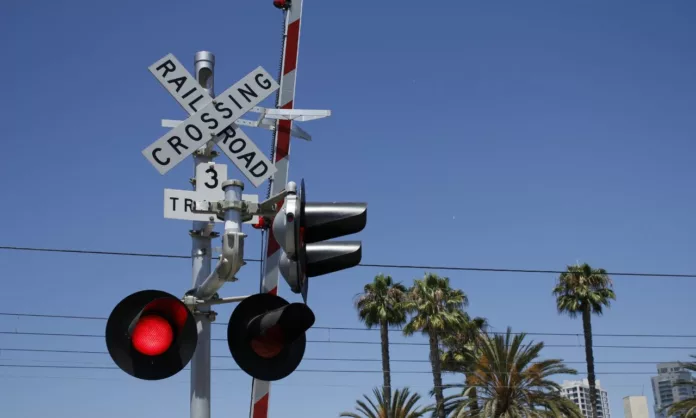Railroad crossings are critical points where roads intersect with train tracks, posing potential hazards for both road users and train operators. To ensure safety and prevent accidents, it is crucial for certain vehicles to stop at all railroad crossings. These crossings are designated locations where trains and vehicles share space, necessitating specific guidelines for when vehicles must come to a complete stop. This article explores the types of vehicles that are required to stop at all railroad crossings and the reasons behind these regulations.
Table of Contents
Passenger Vehicles:
One of the primary categories of vehicles that must stop at all railroad crossings is passenger vehicles. This includes cars, SUVs, vans, and other similar vehicles. Regardless of whether the crossing has active warning systems, such as flashing lights, gates, or bells, all passenger vehicles must stop before proceeding. This is because the safety of the occupants and the train’s crew depends on the vehicle’s compliance with the stop requirement.
Commercial Vehicles:
Commercial vehicles, such as trucks, buses, and commercial vans, are also mandated to stop at all railroad crossings. These larger vehicles often require more time to come to a complete stop, and their increased size can obstruct the view of the tracks. Stopping at railroad crossings ensures that these vehicles can assess the situation and proceed only when it is safe to do so.
School Buses:
School buses are treated with special caution at railroad crossings due to the precious cargo they carry—school children. Regardless of whether children are on board, school buses are required to stop at all railroad crossings. This practice ensures that no matter the circumstances, the safety of young passengers is a top priority.
Vehicles Carrying Hazardous Materials:
Vehicles transporting hazardous materials, such as flammable liquids, explosives, or toxic substances, are subject to stricter regulations at railroad crossings. These vehicles are often required to stop at crossings, giving the driver the opportunity to assess the situation and proceed cautiously, minimizing the risk of accidents that could result in catastrophic consequences.
Emergency and Public Service Vehicles:
Even emergency vehicles, such as fire trucks, ambulances, and law enforcement vehicles, are generally expected to stop at railroad crossings. However, in certain cases where responding to an emergency is of utmost importance, these vehicles may be allowed to proceed without stopping. This decision is usually at the discretion of the emergency vehicle’s operator and is taken with extreme caution.
Conclusion:
Railroad crossings represent points of potential danger where road and rail traffic intersect. To ensure the safety of everyone involved, certain vehicles are required to stop at all railroad crossings. These vehicles include passenger cars, commercial vehicles, school buses, those carrying hazardous materials, and even emergency service vehicles in most cases. By adhering to these regulations, drivers can help prevent accidents, protect lives, and ensure the smooth interaction between road and rail traffic.

